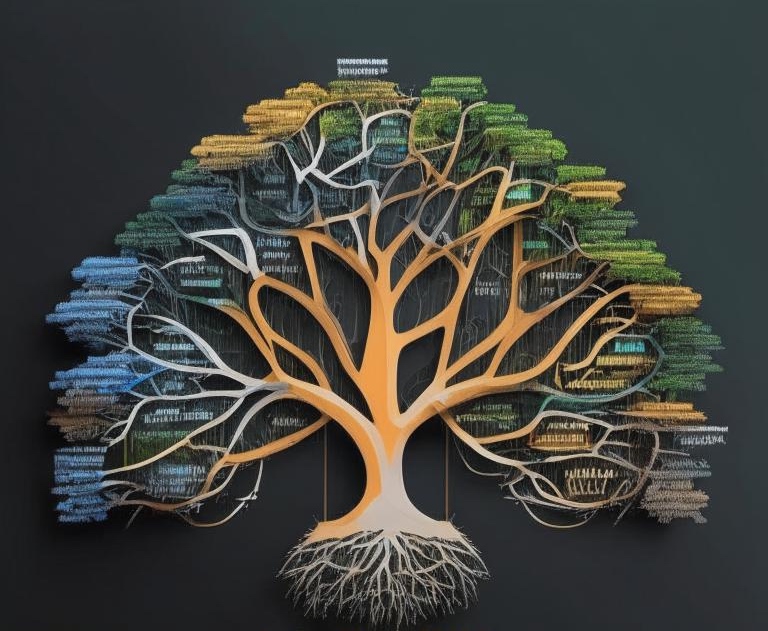Game Industry
by Oleg Sovetnik
The game industry encompasses the development of single-player and multiplayer games, online platforms for their distribution, and tools for creating game worlds and simulations, such as game engines. These systems create complex virtual worlds where players interact with content and each other.
-
Single-player game development
Single-player games, like Doom or Atomic Heart, focus on creating a world with unique rules and lore. Players interact with a world where non-playable characters (NPCs) play key roles in developing the story and atmosphere. Players often have control over the difficulty, providing a personalized gaming experience.
-
Multiplayer game development
In multiplayer games, such as MMORPGs (World of Warcraft) or competitive games (Mortal Kombat, Dota, Counter-Strike), interaction occurs between real players. These games create both in-game worlds and competitive environments, with difficulty levels shaped by player skills, in-game ranking systems, and matchmaking mechanisms. Multiplayer games are the foundation for esports competitions, where skill-based matchmaking determines who plays against whom.
-
Online games and distribution platforms
Platforms like Steam or Epic Games Store provide access to a wide range of games and communities. These platforms support microtransactions, player communities, multiplayer functionalities, and matchmaking systems.
-
Game engine development
Tools like Unity and Unreal Engine enable developers to create worlds and simulations, producing games of various genres—from indie projects to complex AAA open-world games.
Sociological theories applicable to conceptualizing the game industry:
1. Multiple Worlds Theory (Modal Realism) (David Lewis)
Multiple Worlds Theory posits the existence of parallel realities with their own rules, which is well-suited to single-player games like Doom or Mortal Kombat, where developers immerse players in independent universes with unique laws and mechanics.
Single-player games can be seen as self-contained worlds, with the Umwelt (subjective environment) formed through the player’s interaction with NPCs, game mechanics, and the game’s lore. The player experiences the world through their avatar, while non-playable characters and in-game events shape perception and progress.
2. Actor-Network Theory (ANT) (Bruno Latour)
Multiplayer games like World of Warcraft or Dota are complex networks of interactions between players, game systems, and technologies. ANT helps explain how players, mechanics, software, and communities form interconnected systems.
In multiplayer games, interactions are shaped not only by game rules but also by relationships between players and their digital avatars. The Umwelt captures how players perceive and navigate their roles in the game world, interacting with each other and game mechanics based on skill levels.
3. Institutionalization Theory (Paul DiMaggio and Walter Powell)
Online game distribution platforms like Steam and Epic Games Store standardize interactions between players, developers, and the platforms themselves. These systems institutionalize processes for sales, community management, and monetization.
Distribution platforms can be viewed as institutionalized environments, where the Umwelt reflects how gaming products become accessible to users, how they engage with content, and how relationships between players evolve through built-in social functions.
4. Structuration Theory (Anthony Giddens)
Game engines like Unity and Unreal Engine create technical and social structures for game development. They provide the rules, resources, and tools developers use to interact with the platform to create games.
The Umwelt of game engines is a space where developers interact with technology. Game engines set the framework for game creation, while simultaneously adapting to developers’ needs and actions, shaping the final product.
For game development, Multiple Worlds Theory is the most suitable, as it conceptualizes the creation of game worlds where each game represents a unique, self-contained reality with its own rules and structures. For distribution, Institutionalization Theory is ideal for understanding processes of sales, community management, and monetization in platforms like Steam and Epic Games Store.
game-dev distribution structuration-theory institutionalization-theory actor-network multiple-worlds-theory
